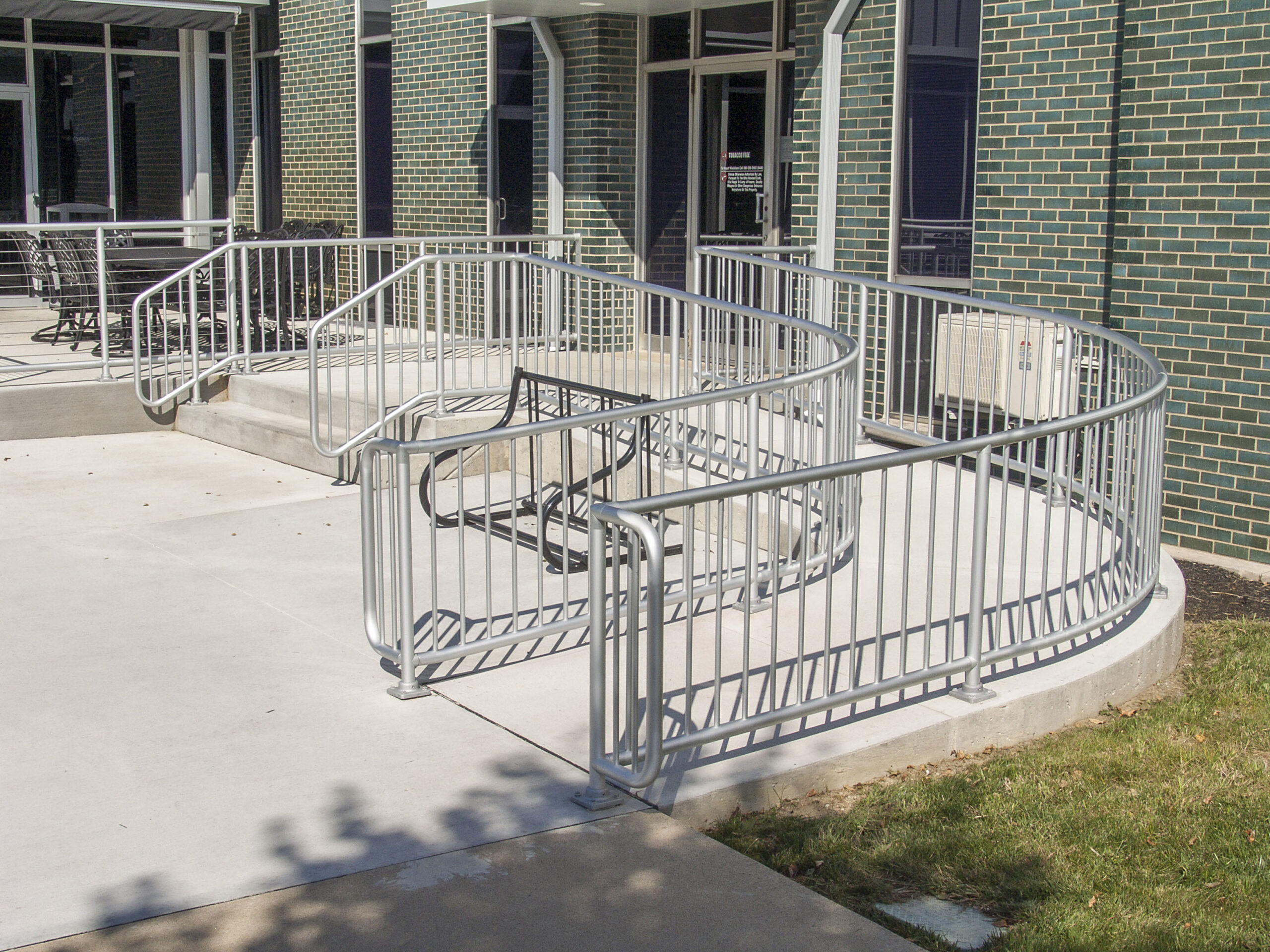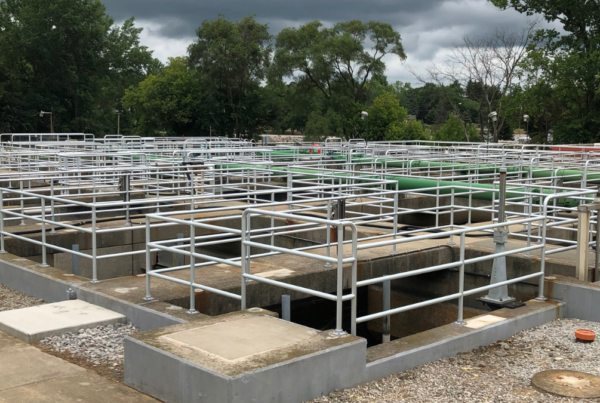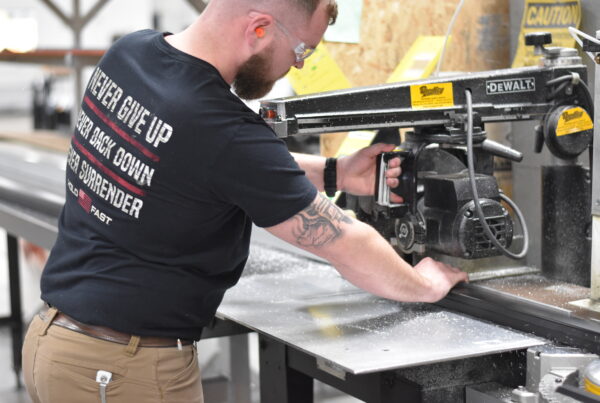When choosing aluminum railing for a project, finish matters just as much as function. One popular option is anodizing, a durable and visually appealing finish that offers unique benefits depending on the application. But what exactly is anodizing — and when should you consider it for your railing?
Let’s break it down.
What Is Anodizing?
Anodizing is an electrochemical process that thickens and hardens the natural oxide layer on the surface of aluminum. Unlike paint or powder coating, anodizing doesn’t just sit on top of the metal — it becomes part of it. The result is a finish that is:
- Extremely durable
- Corrosion-resistant
- Fade-resistant
- Available in a range of colors
The anodized layer is clear and can be dyed before sealing to create a consistent, metallic color finish that’s integrated into the aluminum itself.
When to Choose Anodized Aluminum Railing
While Superior Aluminum Products primarily offers powder-coated finishes for their broad color options and smooth appearance, anodized finishes may be recommended or requested in specific situations.
Here are a few scenarios where anodizing might be the right fit:
Extreme Weather Environments
Anodized finishes offer excellent resistance to UV rays, salt air, and other environmental factors. In coastal regions or areas with high humidity, anodized aluminum can stand up well over time with minimal maintenance.
A Metallic, Matte Look
Anodizing produces a sleek, metallic finish that some designers and architects prefer over the more solid appearance of a powder-coated surface. It’s ideal for matching modern, industrial, or minimalist design aesthetics.
A Sustainable Finish Option
The anodizing process is environmentally friendly and produces minimal waste. It does not emit VOCs (volatile organic compounds) and creates a long-lasting finish that requires little maintenance or recoating — making it a great choice for projects with sustainability goals or LEED certification considerations.
Things to Keep in Mind
While anodizing offers great durability, it’s not available in as wide a variety of colors as powder coating. It also requires more precise cleaning and prep to ensure a consistent appearance, especially on visible surfaces.
For many applications, Superior’s durable powder-coated finishes provide the best mix of style, color flexibility, and performance. But if your project has specific demands for UV resistance, a sustainable finish, or a true metallic look, anodizing may be the right choice.
Still Not Sure? We Can Help.
If you’re unsure whether anodized or powder-coated aluminum railing is the better fit for your next project, we’re happy to help you weigh your options. Our team can guide you based on your environment, usage, and design goals.
Contact us today to learn more or to request a quote.








